Keywords
|
| cooperative localization algorithm, energy efficiency, mobile ad hoc networks, mobile nodes, movement states and |
INTRODUCTION
|
| A mobile ad hoc network (MANET) is a continuous self-configuring, infrastructure-less network of mobile devices connected without wires. Each device in a MANET is free to move independently in any direction and will therefore change its links to other devices habitual. Each must forward traffic unrelated to its own use and therefore send by a specified route. The primary challenge in building a MANET is equipping each device to continuously maintain the information required to properly passage commerce. Such networks may operate by themselves or may be connected to the layer internet. They may contain one or multiple and different transceivers in the middle of mobile nodes. This results in a highly dynamic, autonomous topology. |
| MANET is a kind of wireless ad hoc network that usually has a routable networking environment on highest part of a link layer in ad hoc network. Mobile ad hoc networks consist of a peer to peer; nature -forming, self-curing network in contrast to a mesh network has a central controller. MANET typically communicates at radio frequencies (30MHZ-5GHZ). |
| The growth of personal computer and 802.11/Wi-Fi wireless networking has made MANETs a popular research topic since the middle of 1990s. Many academic papers evaluate protocols and capacity assuming varying degrees of various speeds within a limited area usually with all mobile nodes within a few hops of every one. Different protocols are then evaluated based on measures such as the packet drop rate; the overhead introduced by the routing algorithm, point to point packet delays, network performance and capacity to scale. |
| They introduce specific security concerns like vulnerabilities to link attacks including passive malevolent node, industrious interfering and leakage of mystery information, data interfering, impersonation, message-reply, message distortion and denial of service. An additional problem in MANETs is the security vulnerability of the routing protocols. |
| Cooperative localization is the estimation of the locations of wireless devices in a network using measurements made between many pairs of the nodes. While many localization methods specifically encourage measurements to be made between nodes regardless of each node’s prior location knowledge. Then cooperative localization algorithms use the mesh of measurements to simultaneously estimate the coordinates of all nodes. One possible solution is cooperative localization where distance information between neighboring nodes is used in estimating their location. This scheme has been evaluated for its performance by implementing on the network simulator ns-2. |
| The rest of the paper is arranged as follows. Section II presents being an unspecified related work. Section III to describe elaborately the proposed framework. Section IV presents the simulation results and explanation. Section V concludes the paper. |
RELATED WORK
|
| A number of works have been done on the cooperative localization of estimated positions of neighboring nodes and detection of packet dropping this section mentions some of these works. |
| Some other methods use estimated positions of neighboring nodes. In DOLPHIN [1] each node uses both anchors and neighboring nodes these are already localized as reference points. These Nodes are immediately estimating their positions and distance information from a sufficient number of reference points. In [2], [3] Confidence of estimated positions is introduced to improve the position accuracy. They do not considered node mobility but collection of position errors. |
| Some cooperative localization methods have been designed for fully-distributed mobile ad hoc networks. TRADE [4] proposes real-time localization is fully distributed manner in mobile nodes. This method estimate and update the position of information in neighboring nodes and wireless connectivity information. [5] Proposes a distributed algorithm based on Sequenital Monte Carlo method in which the estimated position an about probability distribution represented by a collection of reference points. Not surely known the estimated position due to the noisy measurements is estimated from the variance of the reference points and usefulness to mitigate error spread information to other .WMCL [6] also proposes a Sequential Monte Carlo-based algorithm which uses estimated positions of neighbor nodes to reduce the computational cost and capable of tracking mobile nodes but it is high localization frequency. |
| For positioning with limited infrastructure network-based localization has been considered in wireless sensor networks, mobile ad hoc networks and vehicular networks. Some method like [7], [8] create a point of position estimate network information. SISR [9] proposed an error-tolerant localization algorithm introducing an improved the rest function for the least squares method. This method of collective information cost and delay is high so it is not used for real-time position estimation of various frequencies in mobile nodes. |
| For indoor positioning most techniques rely on fixed infrastructure. For instance RFID-tags have been used [10], [11]. They are limited radio ranges and number of tags has been embedded. Some methods use signature of radio signals Wi-Fi based methods [12], [13] have been learning signal strength from each position recorded to radio map and identity the location of mobile nodes to find the best-match on the localization. Cellular-phone based methods such as Calibree [14] use connectivity and signal strength from GSM cell towers to provide relative position at an acceptable to reasonable cost. Calibree estimates relative distance between mobile nodes based on the different GSM signature. |
| [15] In security architecture for MANET involving mobile nodes. This method multiple sensors placed in throughout the network collects data and detection of packet loss but computational cost is high. To solve the problem of reduction in packet dropping in MANET these method two additional components to the dynamic source routing protocol (DSR) this scheme has been several drawbacks. |
THE PROPOSED FRAMEWORK
|
| This section presents the details of the proposed scheme. Two-dimensional localization at least three reference points requires from distance information. To obtain the distance information from many anchor nodes use to estimated positions of neighboring nodes. For range measurements this paper assumes a Time Difference of Arrival (TDoA) technique. A node simultaneously transmits RF and ultrasound sound signals to the receiver node to fine the time difference of two signals use to estimate the distance information. In this method provide accurate ranging capability, ultrasonic ranging provides exact information, vigorous indoor positioning and this method commonly used in indoor localization methods. At the same time maintains security in MANET’s information sends to the source node to destination node it assumes the packet dropping on the neighbor node. To find the misbehaver node in source node send the information will be stopped in misbehaver node and mobility speed is reducing in misbehaver node. The source node select the another neighboring node to send the information in destination node so data will be secure in indoor positioning. |
| This method is effectively reduce localization frequency each node maintains estimate position information, speed and state. These states are static, moving and unknown. Fig.1 shows the localization method estimate distance information and speed.A1, A2, A3 and A5 are static state and A0, A4 are moving state. |
SIMULATION AND RESULTS
|
| A. Simulation Environment: |
| The proposed mechanism has been implemented in network simulator ns-2. In the simulation all the links are assumed to be bi-directional. The simulation will be occurs in packets dropping the problem solving in this method. The table explains for simulation in how many nodes are created and time duration. What kind of wireless communication used in mobile nodes and which type of routing protocol used in simulation. This table mentions the source and destination node and power levels of various communication processes. Other simulation parameters are mentioning the Table 1. |
| B. Results: |
| The performance of the proposed algorithm in the simulation results following figure. This evaluated estimation accuracy of the proposed method with various movement nodes. Fig.2 shows packet drop in 15th node and explain the figure created number of nodes and moving nodes in all direction for mobile ad hoc networks. The packet drop starting in 15th mobile node. Fig.3 shows select neighbors in source node and explain the figure data transfer in source to destination node this method is selected to neighboring nodes. |
| Fig.4 shows average localization errors. This figure explain static nodes as pseudo anchors the propagation of position errors is small and movement probability increase and also increase the localization error. Fig.5 shows that the detection rate. This figure explain the detection rate is depends on the node mobility. The node mobility increase and also reduce the detection rate. |
| Fig.6 shows the average localization intervals with each node movements. This result shows that this method would effectively reduce the localization frequency as the node movements. It evaluated tracking errors varying the number of nodes. Fig.7 shows the average tracking error. This figure explain tracking error is small number of nodes in convinced level but tracking error slowly increase the particular range of node level. Because higher node density will be extend the hidden localization so many nodes try to localization in simultaneously. |
| Fig.8 shows the localizations and tracking error with k. This figure explains the range of measurement error (k) will be increase and also increasing the localization and tracking error. Fig.9 shows localizations and tracking error with maximum reference points. This figure explains the localization and tracking error are increasing the small number of density in mobile node. The maximum density of mobile nodes increases and also reduces localization and tracking error. |
CONCLUSION
|
| Each mobile node is assumed to have an ultrasound or similar ranging device as well as wireless communication faculty to allow distance measurement and mobile ad hoc communication between the nodes. These nodes can estimate their location based on the distance information to a reasonable number of anchors. This is also effective to reduce localization frequency free from battery power and responsibility of tracking quality. This proposed method detection of packet dropping in mobile nodes. An additional working to security in mobile ad hoc networks it will be achieved sufficient accuracy and energy efficiency. |
| As future work the plan to extend in following method such as RSS-Based Localization Techniques, Beep- Beep range acoustic system, RTS-CTS mechanism to avoid collision, Measurement Based Sensor Model and Majority Vote Algorithm. These fully security provided in mobile nodes using some other algorithm for packet dropping in various node mobility. |
Tables at a glance
|
 |
| Table 1 |
|
Figures at a glance
|
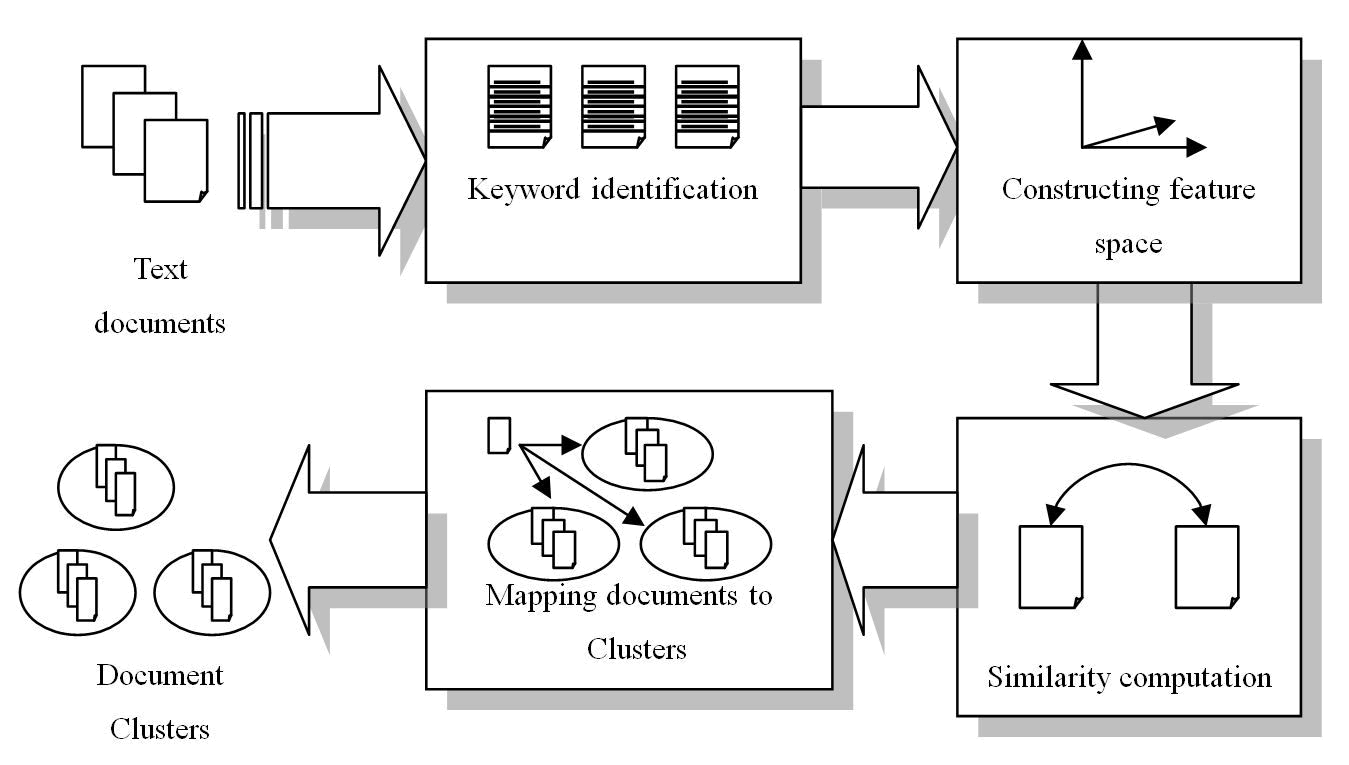 |
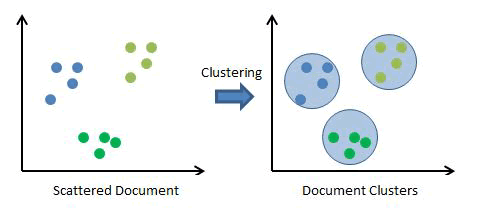 |
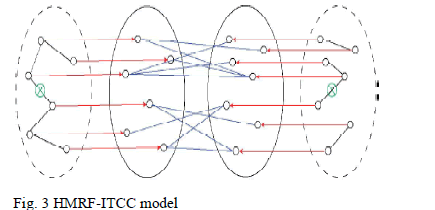 |
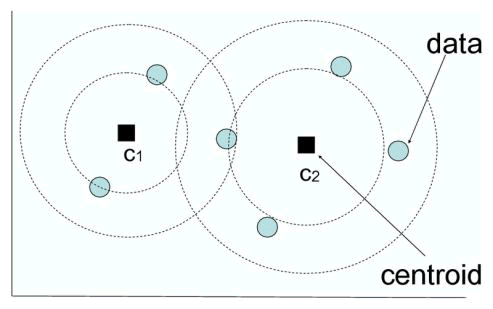 |
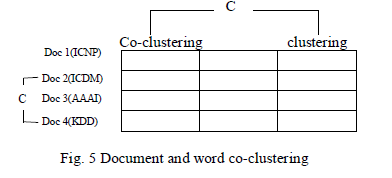 |
| Figure 1 |
Figure 2 |
Figure 3 |
Figure 4 |
Figure 5 |
 |
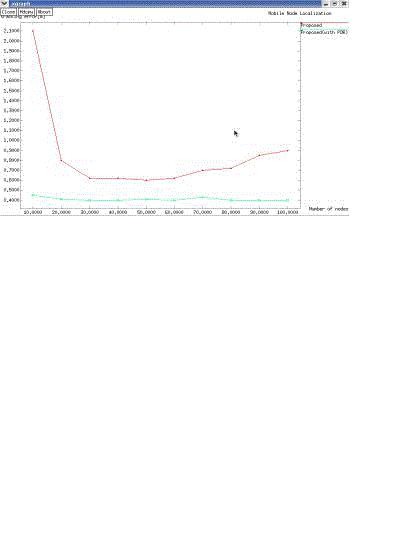 |
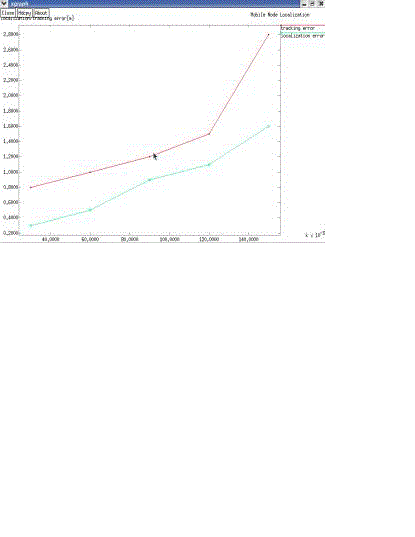 |
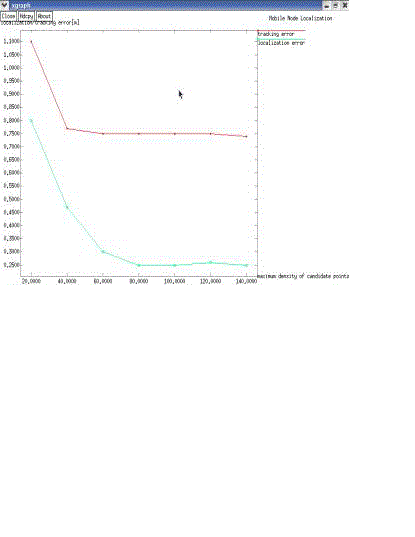 |
| Figure 6 |
Figure 7 |
Figure 8 |
Figure 9 |
|
References
|
- M. Minami, Y. Fukuju, K. Hirasawa, S. Yokoyama, M. Mizumachi, H. Morikawa, and T.Aoyama, “Dolphin: A practical approach for implementing a fully distributed indoor ultrasonic positioning system,” in Proc. UbiComp, Vol.2, Issue.5, pp.347–365, 2004.
- J. Albowicz, A. Chen, and L. Zhang, “Recursive position estimation in sensor networks,” in Proc. ICNP, Vol.2, Issue.3, pp. 35–41, 2001.
- Savarese, J. M. Rabaey and K. Langendoen, “Robust positioning algorithms for distributed ad-hoc wireless sensor networks,” in Proc. USENIX Annual Technical Conference, Vol.3, Issue.8, pp. 317–327, 2002.
- S. Fujii, T. Nomura, T. Umedu, H. Yamaguchi and T. Higashino, “Real-time trajectory estimation in mobile ad hoc networks,” in Proc. MSWiM, Vol.5, Issue.3, pp. 163–172, 2009.
- 5. Wang, H. Wu and N. F. Tzeng, “RFID-based 3-D positioning schemes,” in Proc. INFOCOM, Vol.2, Issue.6, pp. 1235–1243, 2007.
- R. Huang and G. V. Z´aruba, “Incorporating multiple sensory data for mobile ad hoc networks localization,” IEEE Transactions on Mobile Computing, Vol. 6, Issue. 9, pp. 1090–1104, 2007.
- S. Zhang, J. Cao, C. Li-Jun and D. Chen, “Accurate and energy-efficient range-free localization for mobile sensor networks,” IEEE Transactions on Mobile Computing, Vol.9, Issue.6, pp. 897–910, 2010.
- Y. Shang, W. Ruml, Y. Zhang and M. Fromherz, “Localization from connectivity in sensor networks,” IEEE Transactions on Parallel and Distributed Systems, Vol. 15, Issue.11, pp.961–974, 2004.
- M. Li and Y. Liu, “Rendered path: range-free localization in anisotropic sensor networks with holes,” in Proc. MobiCom, Vol.3, Issue.7, pp. 51–62, 2007.
- H. T. Kung, C. kwan Lin, T. han Lin and D. Vlah, “Localization with snap-inducing shaped residuals (SISR): Coping with errors,” in Proc. MobiCom, Vol.2, Issue.8, pp. 333–344, 2009.
- L. M. Ni, Y. Liu, Y. C. Lau and A. P. Patil, “LANDMARC: indoor location sensing using active RFID,” in Proc. PerCom, Vol.4, Issue.5, pp. 407–415, 2003.
- M. Youssef and A. Agrawala, “The horuswlan location determination system,” in Proc. MobiSys, Vol.5, Issue.3, pp.205–218, 2005.
- J. Yin, Q. Yang and L. M. Ni, “Learning adaptive temporal radio maps for signal-strength-based location estimation,” IEEE Transactions on Mobile Computing, Vol. 7, Issue. 7, pp.869–883, 2008.
- A.Varshavsky, D. Pankratov, J. Krumm and E. de Lara, “Calibree: Calibration-free localization using relative distance estimations,” in Proc. Pervasive, Vol.4, Issue.7, pp. 146–161, 2008.
- O. Kachirski and R. Guha, “Effective Intrusion detection using multiple sensors in wireless ad hoc networks”, In Proceedings of the 36th HawaiInternationa Conference on System Sciences, Vol.5, Issue.3, pp. 57-61, 2003.
- S. Marti, T.J. Giuli, K. Lai and M. Baker, “Mitigating routing misbehavior in mobile ad hoc networks”, In Proceedings of the 6th International Conference on Mobile Computing and Networking, Vol.2, Issue.6, pp.255-265, 2000.
|